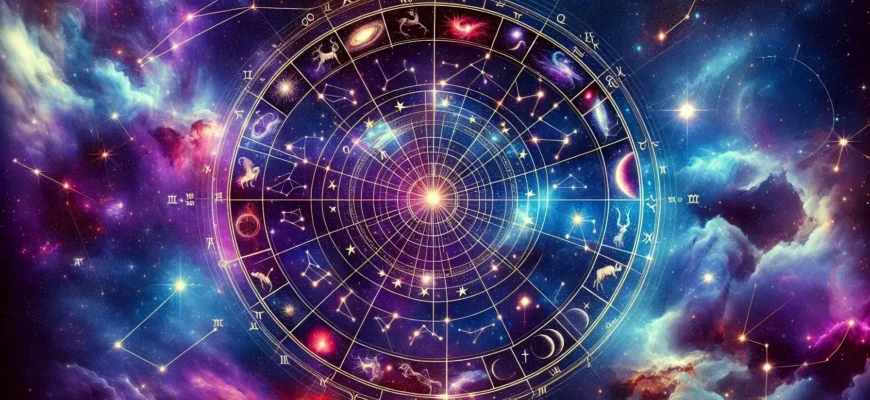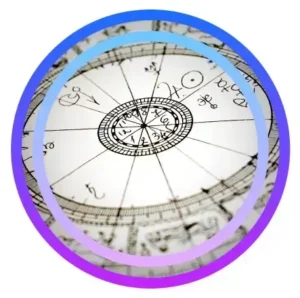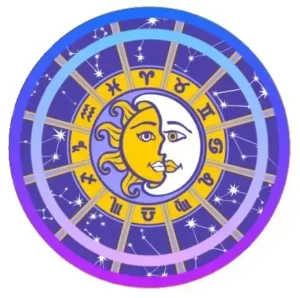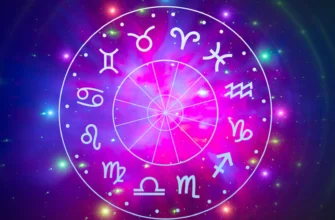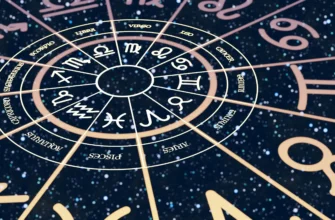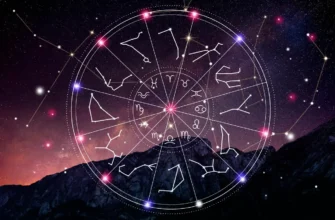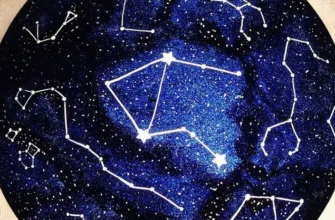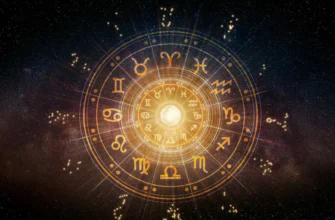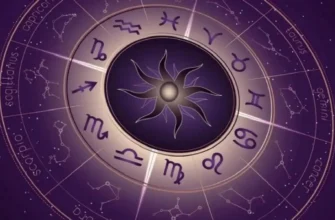The question “Will I be happy in love?” is deeply human, and relationship astrology offers guidance through emotional patterns revealed in the birth chart. Happiness in relationships depends not only on zodiac compatibility but on how two charts interact through relationship synastry and planetary aspects. In synastry chart interpretation, happiness is reflected in the balance between emotional support (Moon aspects), communication flow (Mercury), attraction (Venus and Mars), and long-term stability (Saturn).
These patterns show whether partners feel understood, valued, and secure. Yet astrology also highlights internal barriers to fulfillment—old wounds, fears of intimacy, or mismatched expectations that limit love. By exploring synastry chart meaning and birth chart compatibility, individuals gain insight into what they truly need to feel safe and cherished. Astrology doesn’t dictate fate; it illuminates how to build healthier connections, choose emotionally aligned partners, and create relationships that support genuine happiness rather than temporary excitement.
Every individual’s astrological profile offers unique insights into personality traits, emotional tendencies, and relational needs, which become even more illuminating when we explore a synastry chart. A synastry chart compares the planetary positions of two people to reveal their romantic compatibility, highlighting strengths, challenges, and areas of potential growth within a relationship. Understanding astrological compatibility allows couples to navigate differences with awareness, fostering deeper connection and mutual respect.
By examining astrological signs, aspects, and houses, astrology provides guidance on how two individuals can harmonize their energies, revealing patterns that might otherwise go unnoticed. Astrology and horoscope studies have long offered frameworks for understanding human connection, emphasizing that compatibility is not just about attraction but also about alignment of values, emotional rhythms, and life goals. With a careful analysis, astrology can illuminate the path to lasting love and fulfillment.
Written in the Stars: Astrological Indicators of Happiness in Human Relationships
The realm of human relationships remains one of astrology’s most fascinating applications. This article explores how three planetary pairs – the Sun and Moon, Venus and Mars, and Jupiter and Saturn – reveal the complex dynamics that govern human connection and fulfillment.
The Question of Happiness
“Will I be happy with this person?” is one of the most common questions astrologers are asked. This question may refer to marriage or any other type of relationship; in any case, its essence concerns the deep desire for happiness that exists within every human being. We instinctively know that this desire can only be satisfied through some kind of relationship. However, there are many types of relationships, and the desire for connection – and therefore for happiness – can operate on many levels. The successful fulfillment of a desire usually leads to happiness; however, in many cases, people discover that their natures contain conflicting goals and desires. When we pursue happiness or personal fulfillment, we may be pulled in many directions, often in opposite directions. When one desire is satisfied, we may feel a strange sense of emptiness and frustration because other, perhaps equally strong, desires have been suppressed in the process.
Therefore, the question of how to achieve happiness essentially comes down to clarifying one’s most fundamental and intense desires and then appropriately evaluating a seemingly important relationship based on whether it satisfies this core desire – our “heart’s desire.”
However, in reality, many people never truly pause to examine the nature of these fundamental desires. They live, so to speak, at a “generalized” level of human development, almost entirely driven by biological or collective social impulses. These impulses compel them to seek personal fulfillment through relationships, almost entirely at the level of “natural” life force, according to social, cultural, and religious norms.
On the other hand, there are many who have more or less successfully “individualized” their responses to life and their attitudes toward the fulfillment of their desires. They undoubtedly experience the fundamental impulses inherent in human nature, particularly the “pairing drive” and the desire for happiness and self-expression. But they have internalized these desires into a mental framework; they demand that life fulfill these desires in a specific, individual, and personal way, or they would rather not have them fulfilled.
These natural impulses are often repressed or even denied altogether, while alternative psychological and mental (or so-called “spiritual”) desires take center stage; happiness depends on satisfying these desires. Happiness may remain elusive for these individuals, as the conflict of opposing desires within the overall personality leads to conflicted and deeply problematic evaluations of interpersonal relationships.
One relationship may satisfy basic biological and sexual impulses, while another may satisfy so-called “higher” desires developed at the intellectual, cultural, or spiritual level. This can lead to profound confusion. It is often extremely difficult to discern what a particular relationship might bring to an individual because relationships between complex personalities – which often means personalities filled with “complexities” – are always fraught with uncertainty and ambiguity.
Hierarchy of Desire: Astrological Perspectives
So how can the fundamental, overarching question, “Will I be happy with this person?” be answered with any degree of certainty? First, we must consider the level at which basic human desires operate from the perspective of astrological factors. The primary level is the biological-instinctive-vital level, represented by the Sun and Moon. The second, more individualized, personal-emotional level, influenced by cultural influences and psychological complexes, is represented by Mars and Venus. There is also a social or religious level, represented by Jupiter and Saturn, which, in some cases, can frame and control the individual’s drive for happiness in relationships.
As for the three planets other than Mercury and Saturn, it is best to view them as factors that modify – or tend to transform and innovate, liberate or disrupt – the attitudes toward love and relationships that a person has formed during the first twenty years of life under the pressure of biological, parental, religious, or social factors.
Planetary Contact Points: Indicators, Not Guarantees
It is important to emphasize that the fact there are one or more close planetary contacts between two charts (which must be quite precise to be truly meaningful) does not necessarily mean the two people will have much in common. Many cases show two people’s charts with strong relationship signs, yet after a few brief encounters with some mutual attraction, they part ways, and the superficial relationship never develops into anything significant. Planetary contacts between two charts simply indicate that if a meaningful and long-lasting relationship were to develop, the basic meaning of that relationship can be interpreted and understood based on these contacts.
If one or both of the two people wonder whether the points of contact between their natal charts indicate good possibilities for happiness, this in itself indicates that relationship potential is at work, chaotically seeking satisfaction. The challenge is to discern the paths of least resistance in their temperament or ego along which relationship impulses will flow, and in particular to look for fundamental clues as to the level at which the relationship will most satisfactorily bring happiness. Of course, more than one level may be affected simultaneously.
Sun-Moon Contact: The Foundation of Relational Potential
The contact between the Sun in one chart and the Moon in another often reveals the fundamental relational potential operating at the level of generalized life force. The Sun and Moon represent polarities of the universal life force; psychologically, they depict fundamental “images” of what can bring a person what they lack, leading to the realization of strength and vitality.
In a man’s chart, the position of the Moon depicts the type of “ideal woman” who can bring him the inner life energy he lacks or exists only in potential. The Sun in a woman’s chart represents her conception of “man,” her ideal lover. Just as every lack attracts that which complements it, generally, a man will attract women who polarize and illuminate his natal Moon. This Sun-Moon interaction works both ways: the male finds in the female something that illuminates and empowers his “feminine image,” while the female finds her “male image” in the male’s psychological mirror or desire, realizing her own unexpressed masculine self. Through this process, both become more complete and fully realized.
In contrast, when a man’s Sun conjuncts the female Moon, it may symbolize pure sexual and instinctual polarization at the mercy of life’s compulsions. In the first instance, the union resolves personal psychological needs and can become a conscious and fulfilling love; in the second, it is the meeting of polarized energies for the natural continuation of life.
Mars-Venus Contact: Personalized Emotional Dynamics
When Mars and Venus in two birth charts form certain aspects, the potential for contact manifests in highly personalized psycho-emotional situations. Here, we move beyond fundamental life-force polarity into the overtones of the life energy accumulated within each individual. Each person responds to life experiences in unique ways, producing characteristic emotional attitudes, and Mars and Venus most directly reflect these attitudes.
A man’s Mars may stimulate the latent feminine qualities of his partner, while a woman’s Venus activates the masculine side of her partner. These planets operate on the level of the individual soul, not biology. When a man’s Mars conjuncts a woman’s Venus, a direct and often less consciously personal emotional energy flows, based on natural attraction and the desire for emotional self-expression. This can be profoundly meaningful if either has been hesitant or lost in intellectual-spiritual fantasy, offering an opportunity for authentic emotional growth.
The Part of Fortune and the Four Axes: Indicators of Relationship satisfaction
Significant relationships can also be interpreted through the contact between planets and the four axes of another chart, primarily the Ascendant, or through the Part of Fortune. These points often reveal an individual’s capacity for happiness and the nature of that happiness. For instance, Saturn conjunct the Part of Fortune may indicate a person whose happiness depends on deep personal factors, while Jupiter conjunct the Part of Fortune suggests innate optimism, social energy, and a positive approach to relationships.
Contacts involving planets and the axes or Part of Fortune are revealing but require careful interpretation. As always, astrologers must remember that chart contacts indicate potential and tendencies, not guaranteed outcomes.
Careful Consideration: A Complex but Valuable Practice
To conclude, this article has only sketched the outlines of a complex topic that is often misunderstood. Strong points of contact between two charts do not necessarily mean a close relationship will materialize, nor do weak contacts preclude happiness. Nevertheless, if people form meaningful or lasting relationships, any points of contact in their natal charts will almost certainly reveal the character and purpose of that connection. Such research is valid and necessary, but only after careful consideration of all complexities and subtleties of astrological relationships.

